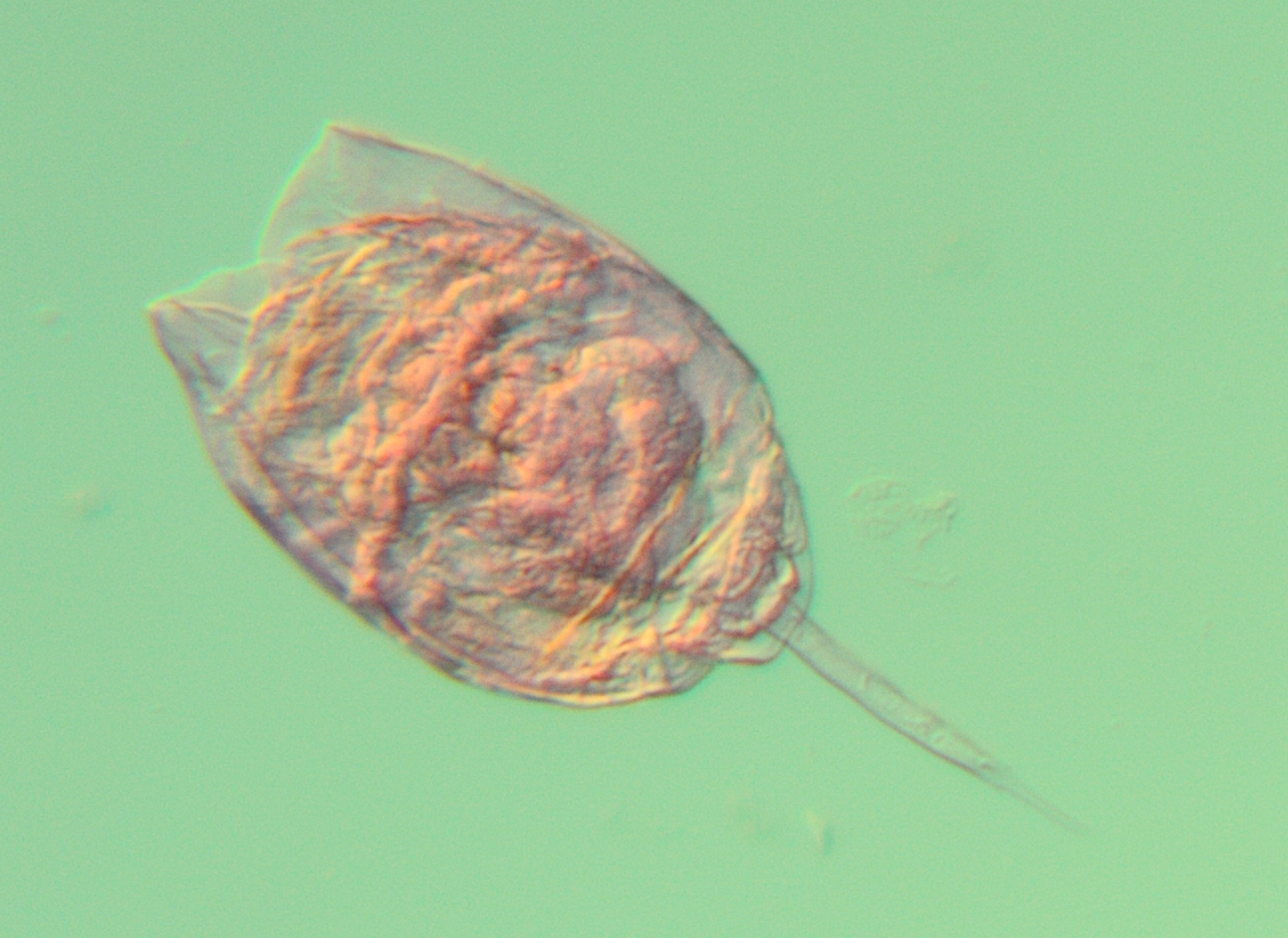A Toxic Cocktail in Mountain Lakes
Mountains are pristine, remote, with fresh, clean air, an intact biodiversity, and a perfectly well-preserved environment. WRONG! We are sorry to bring bad news, but our work clearly shows that there are a huge amount of different chemical molecules found in mountain lakes.
Of the 470+ we looked for in our samples, we found 141. 141!!! That is a massive amount of different molecules for a presumably pristine and remote area, producing a wild chemical cocktail. Each molecule has a different toxicity, and the toxicity depends also on the sensitivity of the organism… this is so complex that there are several databases out there to archive this massive amount of information (e.g. NORMAN database).

It is a completely different story for insecticides and other organic pollutants with a known toxicity for tiny crustaceans. The summed toxicity of these compounds add up to a CHRONIC toxicity and in some cases and times of our study they even are above ACUTE toxicity for crustaceans. Wow! Remote mountain lakes, but polluted and heavily polluted actually. We are talking about small concentrations, sometimes only nanograms (= 0.000000001 g). However, these molecules are so toxic that even in such small concentrations they impact on or kill insects, or more largely seen arthropods. Now, in our samples two molecules play a particular role: Diazinon and permethrin.

These are used as insecticides and insect repellents and they drive the toxicity in our lakes. Some of you put them on your dogs to treat them against fleas, farmers put them on livestock to protect them from sucking insects, which could transfer diseases. The concentration of these two molecules in our lakes are surprisingly high and coincide with the absence or smaller numbers of crustacean individuals in the zooplankton of our lakes. The concentration of these two molecules hence drives a change in the freshwater plankton community, disturbing the functioning of the ecosystem. More importantly, you might have thought mountain lake water is safe to drink.
Think twice now… humans have achieved a pollution level in mountain lakes high enough to kill crustaceans, and such a diverse and complex cocktail as observed in our study can have unpredictable health impacts on any other organism, including humans.

Pictured: Rotifer (Lecane)
This blog post was written by Dirk S. Schmeller and provided by P3 Mountains, which aims to contribute to our understanding of mountain freshwater ecosystems, the services they provide to human society, and the risks we face with future changes of these sensitive ecosystems. The P3 research team investigate patterns of pollution, pathogens, microorganisms and global changes in mountain ecosystems to understand the interlinkages between biodiversity change, ecosystem health, and human well-being.
Cover image by Kordula Vahle.
By accepting you will be accessing a service provided by a third-party external to https://mountainresearchinitiative.org/







